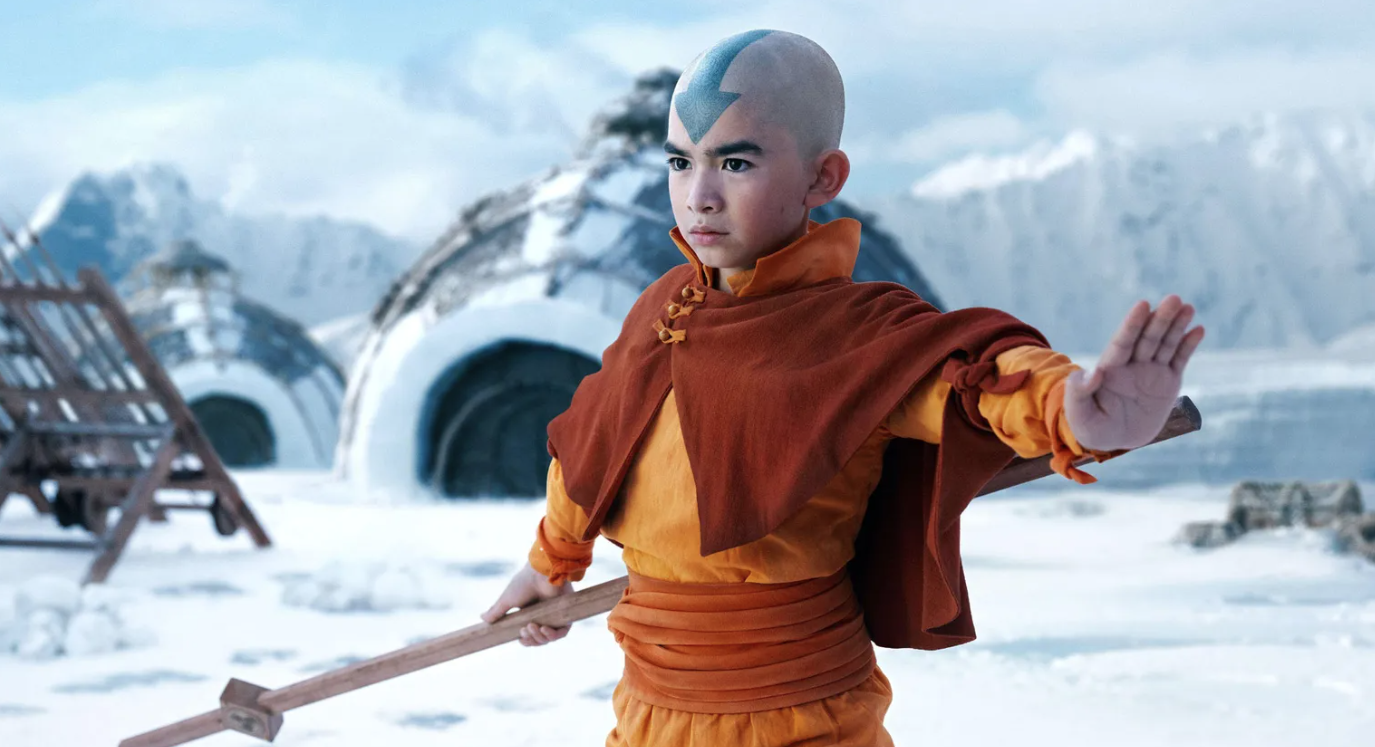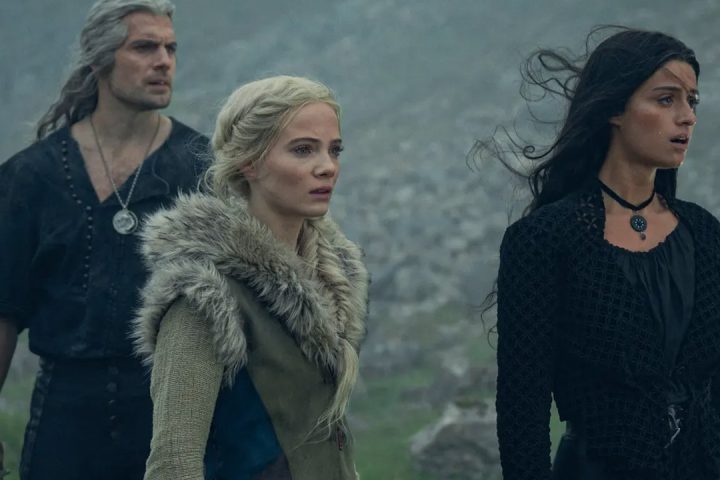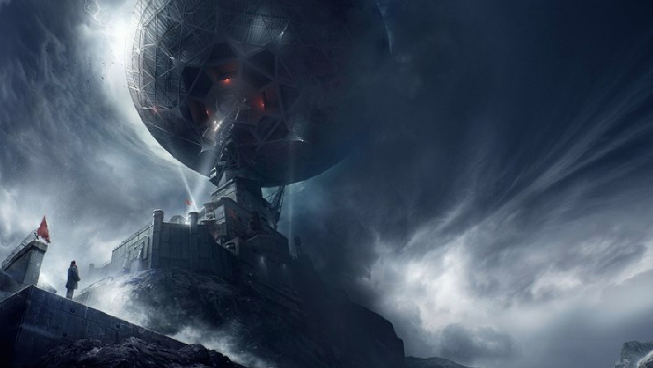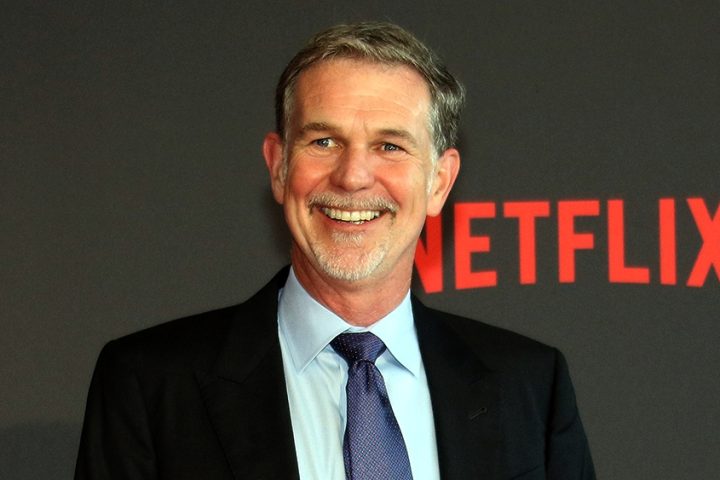Netflix’s recent live-action adaptation of the popular animated series Avatar: The Last Airbender brings to mind Dazed writer James Greig’s comment that popular culture wants to keep viewers in an eternal childhood. At worst, these remakes of beloved productions serve infantilization by presenting everything we loved as children as new again. Created by Michael Dante DiMartino and Bryan Konietzko for Nickelodeon, the series presents a complex fantasy world of people who can control the elements of fire, water, earth and air, and nations based on these elements. The Last Airbender combines the worst of these live-action adaptation clichés while playing on nostalgia.
While adaptations in general are not always bad and unfounded ideas, live-action adaptations of animation often seem to lose from the start. There is already a tension in having to transfer the drawings to live action in the first place. Animation has visual flexibility; characters can transform in a thousand and one ways as the scene demands. For this reason, the same scenes or character design choices may not work the same way in live action, because there are two different narrative languages. Animation should be adapted, not just copied.
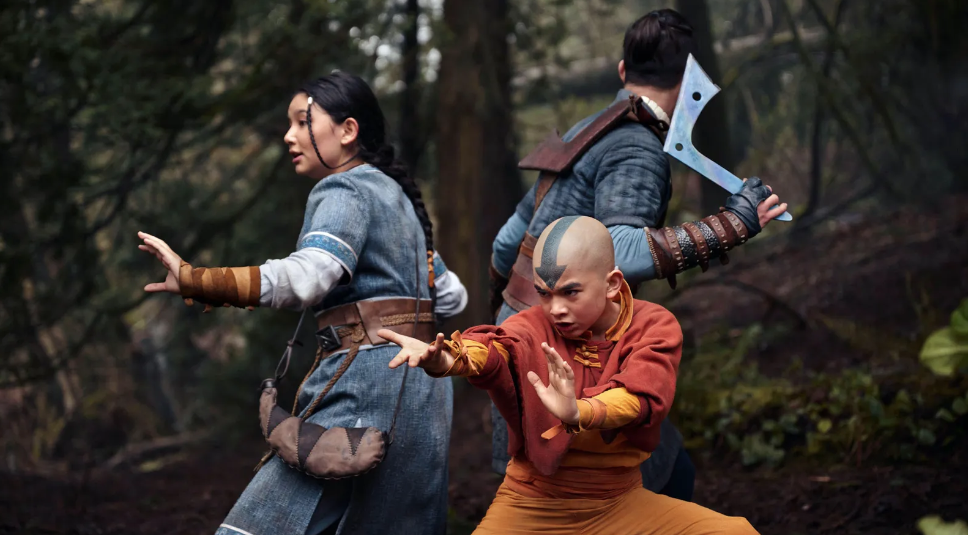
Unfortunately, this Last Airbender adaptation is little more than a question of “the show you remember, but what if it were realistic?”. It is far removed from the visual expressiveness of the original, with bleak landscapes trying to emphasize the harshness of war. The grittiness that could have enhanced the impact of the story is also lost due to this disconnect. Even the best visual effects in the world can’t compensate for the boring direction, the action scenes with no sense of place, the lack of energy in the dialog against blurry and unconvincing backgrounds. Nor does the camera work compensate for this lack of energy. Even in its most expensive and polished moments, the lack of visual identity, which is abundant in animation, is palpable. It’s as if Avatar has been transplanted into some “Netflix World”. It’s not the first time this has happened with beloved animation.
The platform has made it a business model to buy popular animation licenses and turn them into live-action series. A Mobile Suit Gundam adaptation is on the way. But the Cowboy Bebop adaptation in 2021, for example, used the original as a worksheet instead of absorbing influences from film noir, westerns and yakuza films and adding its own interpretation. Like Avatar, it didn’t really interact, constantly and persistently referencing its animated predecessor. It failed in its attempt to convey the original’s exaggerated characters with the platform’s now clichéd bland color palettes, flat lighting and compositions. The assumption that familiar images will evoke the same feeling unfortunately doesn’t work with a different narrative style.
Airbender doesn’t even talk about re-evaluating the material it is trying to adapt. In some respects, it even regresses from the original. The second episode, titled “Warrior”, is the most striking example. It repeats the story from the animation but eliminates the sexist portrayal of Sokka, the Water Tribe warrior. This removes the challenge to her belief system and leaves the impression that the mature audience the writers were really aiming for would not be able to understand the nuances of the story being told.
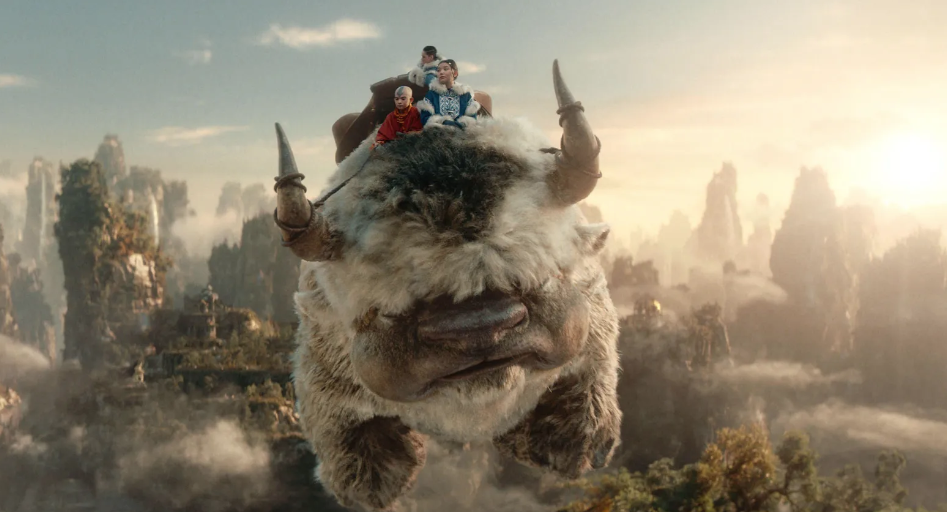
This is representative of the show’s approach. Visually and tonally it presents itself as a more mature interpretation of the same material, while avoiding anything resembling moral ambiguity. As a result, this version doesn’t really explain its raison d’être. Does it exist to bring in a new audience? But the original is already immensely popular (it still sits comfortably in 7th place among the 250 best TV shows of all time as voted by IMDb’s users) and available on the same platform.
Successful live-action adaptations When it comes to live-action adaptations of popular animations, a handful of people have gotten it right. The 2008 film version of the manga series Speed Racer was a commercial failure but artistically rich. It carried the style of anime into its visual language, with Lana and Lily Wachowski saying in interviews that they applied the principles of cubism art to their approach. Speed Racer had an idea of what it was, and used strong stylization to transcend the gap between cartoon and reality that proved fatal in many animated-live-action adaptations.
So what do successful live action adaptations have in common? The answer to this question may vary in different situations, but it usually includes the following:
- Respect for the original material: The ability to make subtle changes to adapt them to a new medium while preserving the essence of the story and the spirit of the characters.
- A strong directorial vision: A distinctive visual style and narrative approach that takes the adaptation in a new way and makes it a work of art in its own right.
- Understanding the story being told: Understanding what works and what doesn’t work in the original material and selecting the best elements for the adaptation.
Airbender has none of that. It retells the original story in a superficial way, but without any depth or understanding. It’s nothing more than a lazy attempt to appeal to nostalgia and, sadly, does nothing but tarnish the legacy of animation.
Is this adaptation a refuge from childhood or a flight from creativity? What do you think?

